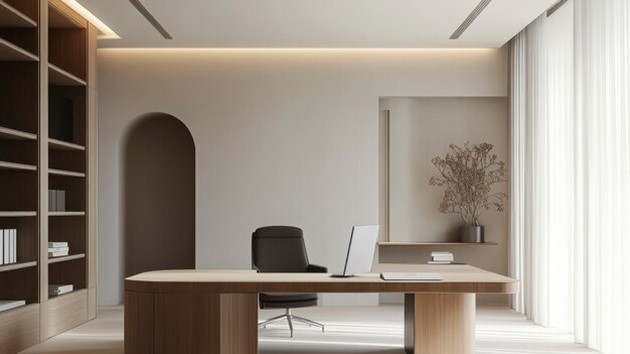
In today's fast-paced work environment, creating a comfortable workspace is essential to improving employee productivity and mental health. A comfortable environment not only reduces stress, but also promotes creativity and cooperation, which in turn increases overall productivity. Psychological studies have shown that environmental design has a profound effect on employee emotions and behavior. Therefore, understanding how psychology influences design concepts and improving workspaces based on these principles will help organizations attract and retain talent.
An important area of study is color psychology, which examines how colors affect people's emotions and behavioral responses. Warm colors, such as red and orange, are often associated with energy, enthusiasm and passion. Red stimulates energy and excitement and is often associated with strength and determination, while orange gives people a sense of warmth, joy and positivity, enhancing social interaction and stimulating creativity and collaboration. Often used to promote activity, enhance concentration or convey strong emotions, these colors play an important role in the emotional climate of an environment.
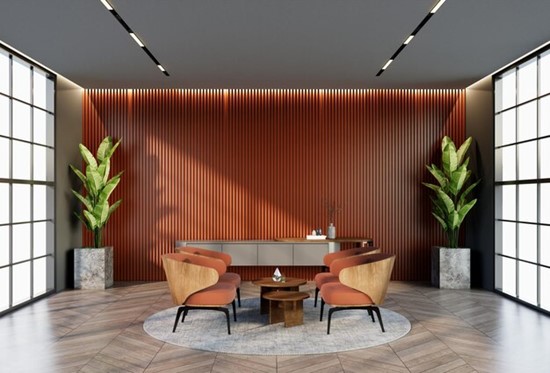

Cooler colors, such as blue and green, often bring a sense of calm, relaxation and peace. Often associated with stability, focus and trust, blue can help reduce stress and promote clear thinking, making it suitable for work environments that require high levels of concentration and rational decision-making. Green, on the other hand, is associated with nature, harmony and resilience, and can enhance employees' sense of comfort and satisfaction, as well as promote creative thinking. Choosing these cool tones as the main color scheme for your business not only helps to shape the desired corporate culture, but also influences the mood and productivity of your employees, which in turn improves overall work performance.
Next, when creating a comfortable workspace, office chairs should have adjustable heights, backrests and armrests to conform to ergonomics, reduce muscle fatigue and discomfort, thereby reducing physical stress and maintaining mental health. Desktop height should be ergonomic to help employees maintain a comfortable posture and improve concentration and work efficiency. Such a working environment not only promotes physical health, but also enhances employees' sense of psychological security and satisfaction, which in turn stimulates higher motivation to work.
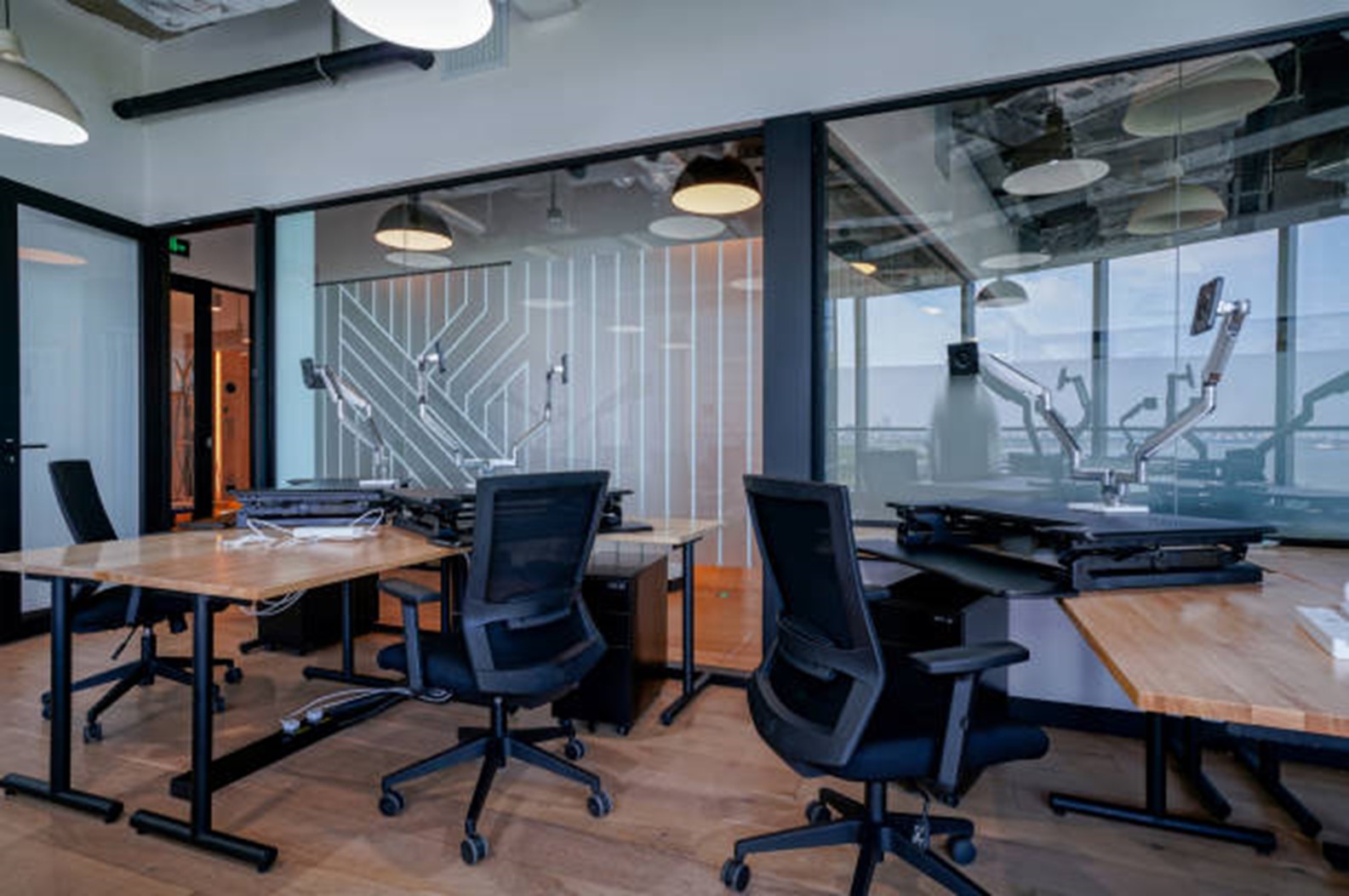
The impact of natural light on the working environment should not be underestimated. Adequate natural light not only enhances the mood of employees, but also promotes concentration and productivity. When designing an office, prioritize the layout of windows and use transparent or semi-transparent partitions to maximize natural light into the space. If natural light is still insufficient, soft artificial lighting can be chosen to mimic natural light to avoid eye fatigue.
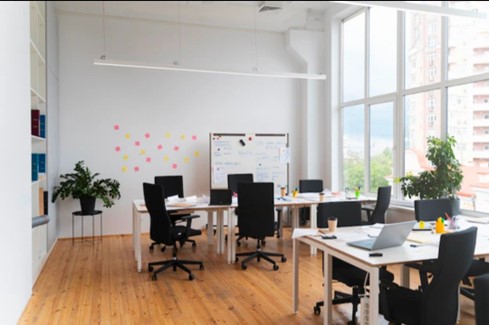

Except that good air quality plays an important role in space design, directly affecting people's physical and mental health and work performance. Well-ventilated spaces help to maintain fresh air and keep people alert and productive. Introducing indoor plants is a very effective way to improve this. Plants not only improve air quality by filtering harmful substances from the air, they also bring natural beauty and add life and vitality to a space. Studies have shown that plants can help reduce stress and anxiety in the environment, promote mental health and emotional stability among employees, and thus improve work efficiency and overall well-being. Therefore, incorporating greenery into your office or living space can have a significant positive impact on your staff's physical and mental health, productivity and sense of well-being.
Sound management is also a key factor in modern office space design to enhance comfort and productivity. Although open office space promotes communication and collaboration among employees, excessive noise often distracts attention and reduces concentration, which in turn affects work performance. Therefore, the design of the office should pay attention to noise control, the use of sound-absorbing materials such as ceiling acoustic panels, carpets and curtains, these materials can effectively reduce the sound reflection and transmission, reduce the level of environmental noise. Alternatively, installing noise barriers or private work areas can also help to create a quiet working environment. Appropriately introducing background music or white noise, such as soft music or ambient sounds, can also help employees focus and eliminate external interference, further enhancing concentration and work efficiency.
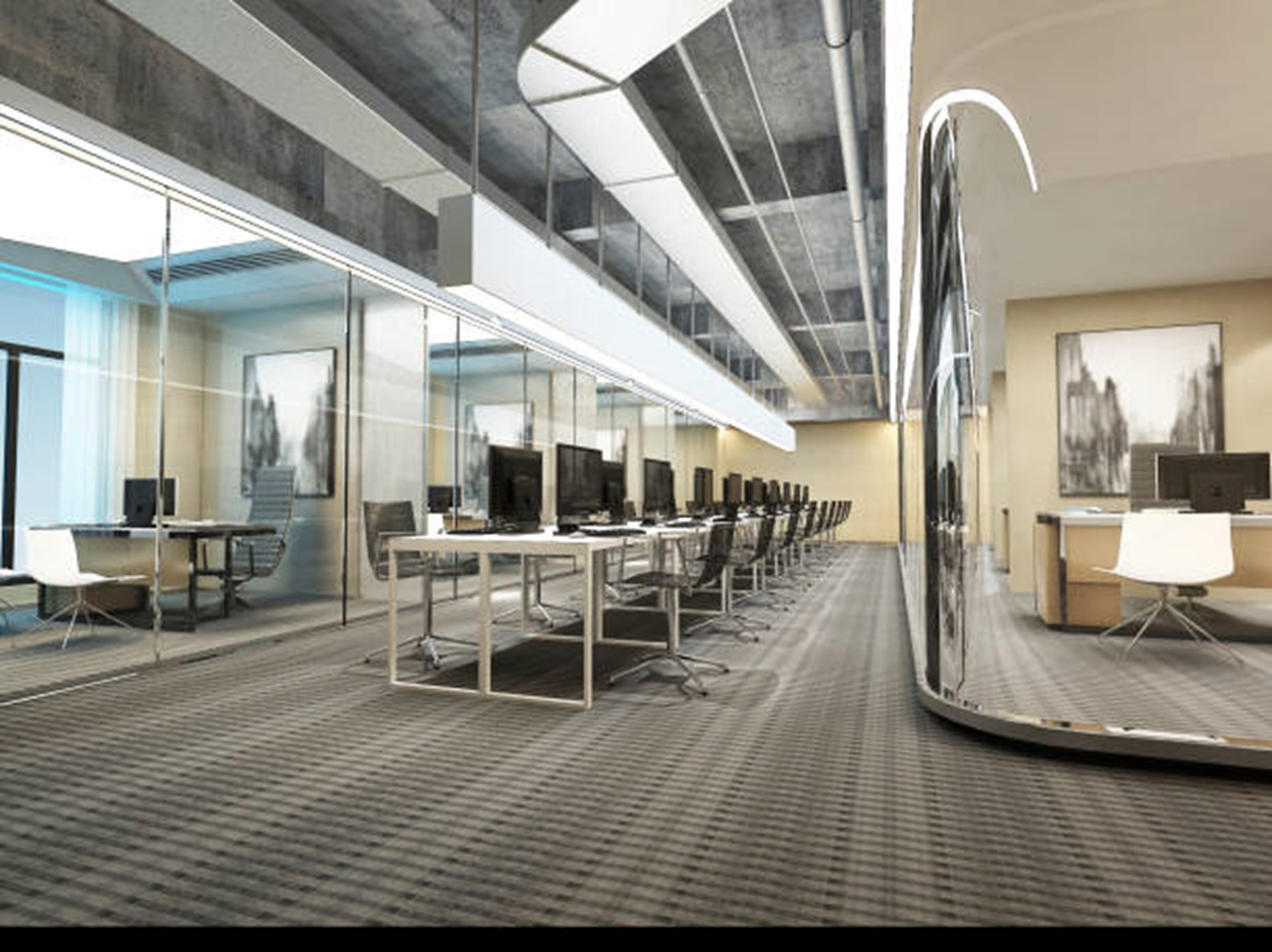
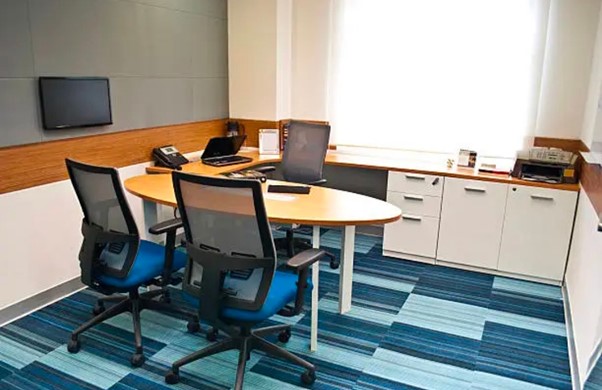
When designing a comfortable workspace, you can also try to involve employees in the design process to enhance their sense of belonging and job satisfaction. When employees are able to influence their own work environment, they feel more valued, which helps to increase overall motivation and productivity. During this process, managers should encourage employees to provide comments and suggestions so that design adjustments can be made based on actual needs.
Designing flexible work environments is an important strategy for meeting different work needs. While an open office space is ideal for teamwork and instant communication, employees may also need a private workspace when they need to focus. Therefore, it is important to have a good mix of open and private spaces. For example, small meeting rooms and quiet individual workspaces allow employees to switch between work modes as needed to meet their different needs.
In addition, flexible furniture configurations further enhance workspace adaptability. Moveable tables and chairs and adjustable workstations allow employees to rearrange work areas according to their preferences and task requirements, which not only enhances comfort but also promotes creativity. Consider multifunctional common areas, such as breakout and discussion areas, that promote interaction between employees and provide space for relaxation and reorganization.
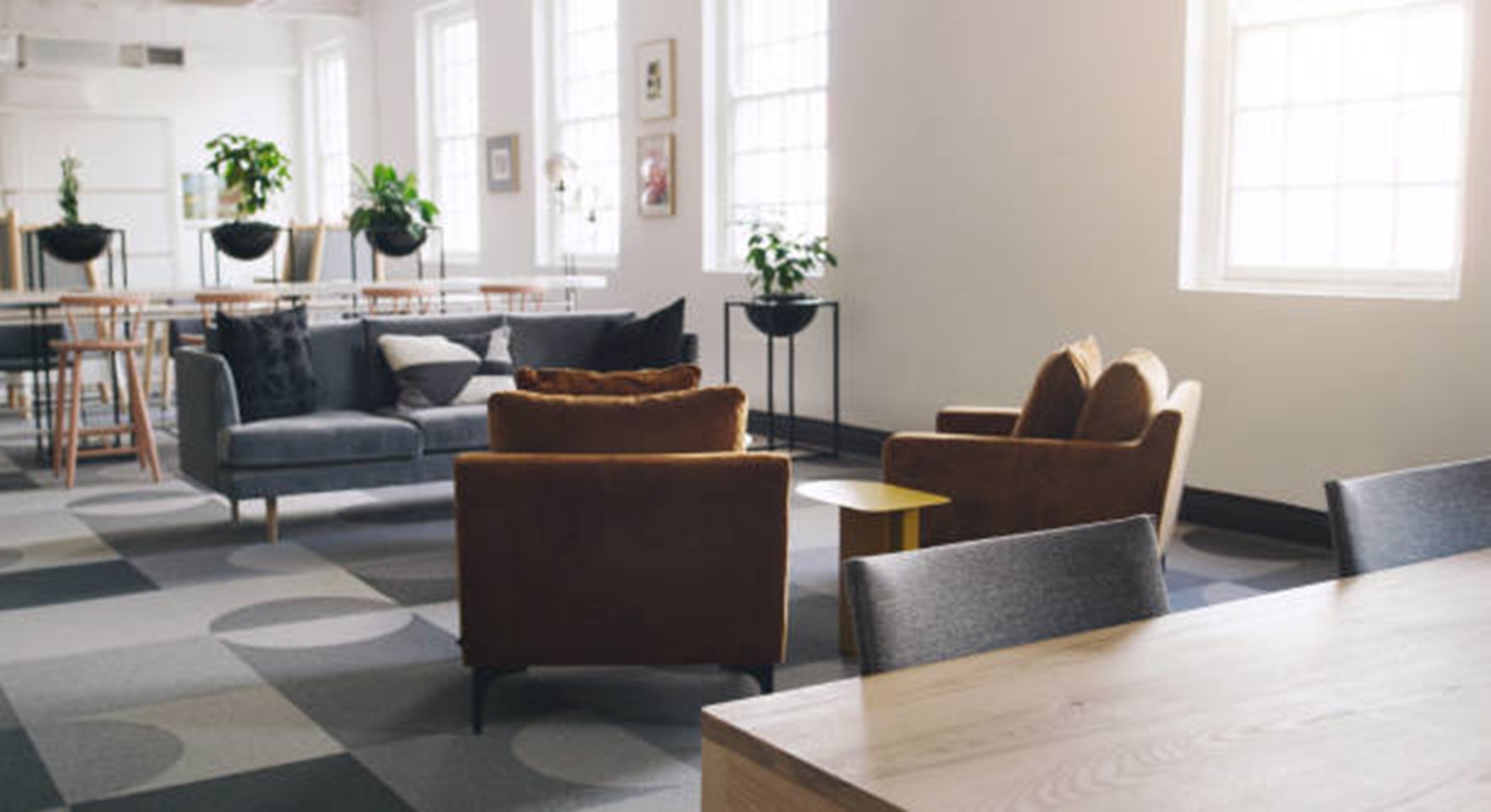
Successful workspace design examples can effectively demonstrate the application of psychological principles. For example, Google, a world-renowned technology company, utilizes a variety of design strategies in its offices to promote employee creativity and well-being. Google's office space design emphasizes openness and flexibility, with adjustable workstations, relaxation areas and meeting rooms with plenty of natural light, all of which effectively enhance employee productivity and satisfaction. In addition, Google also encourages employees to take short breaks at work, utilizing game areas and fitness facilities to help employees relax, thereby promoting mental health.
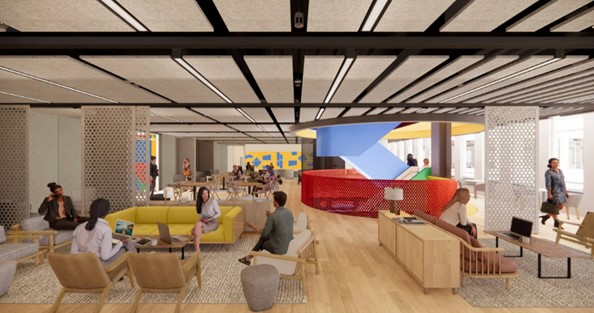
Image Source:https://www.wowlavie.com/article/ae2200141
Psychology and design are crucial to a comfortable workspace. Design elements such as ergonomics, natural light, color schemes and air quality can enhance employee mood and productivity. Personalization and flexibility also help to increase employee satisfaction and sense of belonging. The workspace of the future should incorporate psychological principles to create an environment that stimulates creativity and business development.
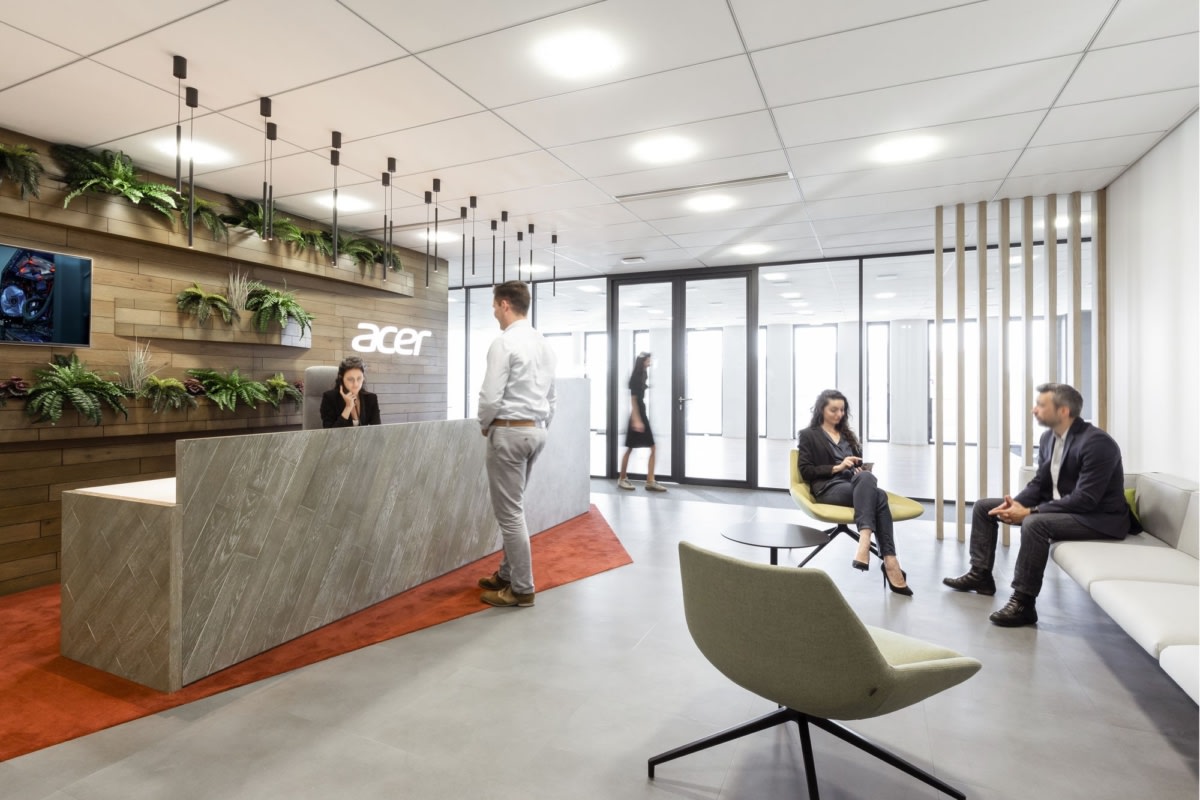
Professional office design, inspire your unlimited possibilities Ins
Project Development l Interior Design
We're here to inspire your workplace.